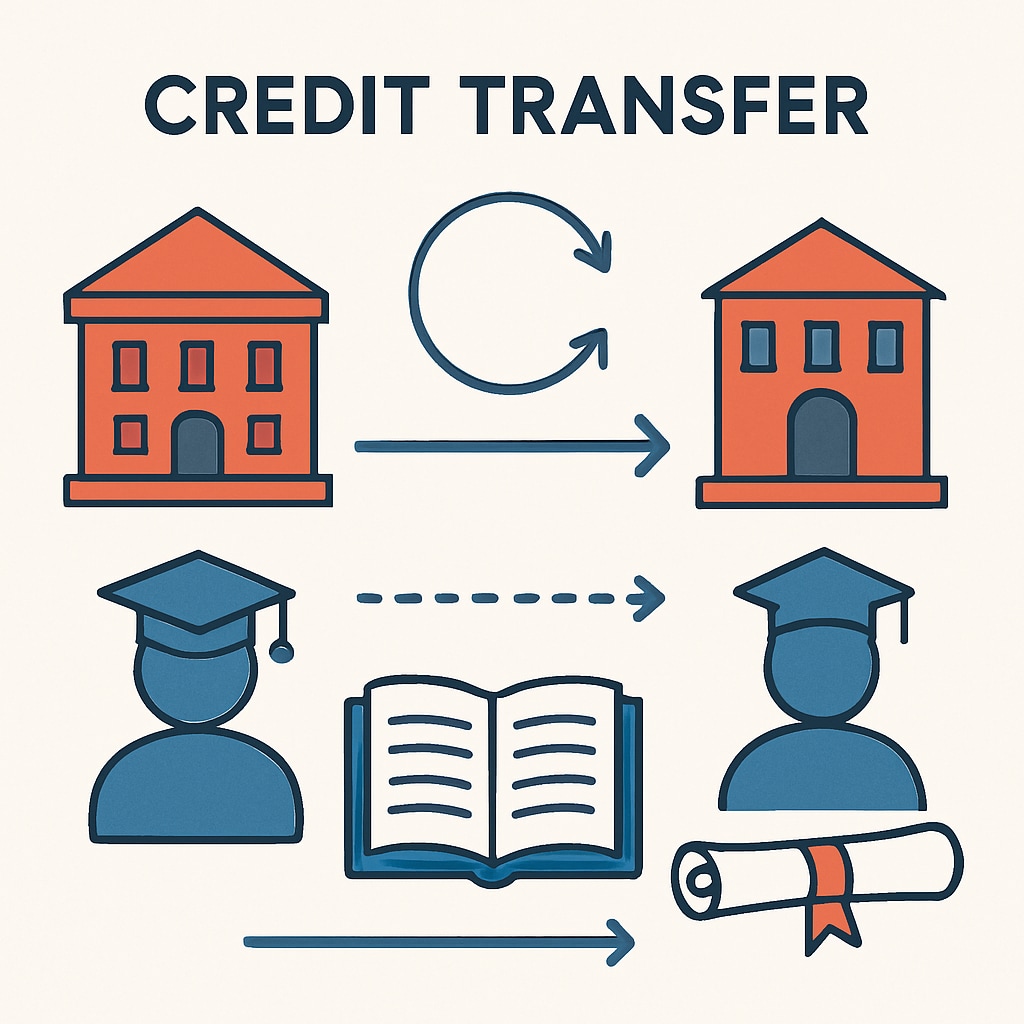In today’s interconnected world, U.S. online high school education is emerging as a viable solution for students affected by geographic relocation or life challenges. With its flexible credit system, globally recognized diplomas, and tailored support, it offers a lifeline to students seeking to rebuild their education. For displaced youth or international students who face barriers to attending traditional schools, online high schools can be a transformative opportunity.
Why Choose an Online High School Diploma?
An online high school diploma is increasingly regarded as a legitimate alternative to traditional education. The flexibility of online learning allows students to study at their own pace, accommodating unique circumstances such as frequent relocation, work commitments, or personal challenges. Additionally, many online schools are accredited by reputable organizations, ensuring that their diplomas meet the same standards as those offered by brick-and-mortar institutions.
For students who have experienced prolonged periods of being out of school, earning an online diploma can rebuild their confidence. Success stories abound of students who, through online education, have gained access to college, vocational training, or new career paths. For example, organizations like Cognia (formerly AdvancED) provide accreditation to many online programs, ensuring that their diplomas are recognized worldwide.

The Flexibility of Credit Systems
One of the most compelling aspects of U.S. online high schools is their credit system. Unlike traditional schools that follow rigid schedules, online schools allow students to transfer previously earned credits, reducing the time required to complete their diploma. For displaced students, this flexibility is critical. They can pick up where they left off, rather than starting from scratch.
Moreover, the self-paced structure of many online programs enables learners to balance education with other responsibilities. For instance, students can accelerate their coursework to graduate early or take fewer courses at a time to focus on personal development. This adaptability is particularly beneficial for those who have missed significant schooling due to relocation, family obligations, or unforeseen circumstances.

Rebuilding Confidence and Planning for the Future
For students who have been out of school for extended periods, re-entering traditional education can feel intimidating. Online high schools provide a supportive environment that allows students to progress at their own comfort level. Many programs include resources such as academic advisors, interactive lessons, and peer forums to create a sense of community. This support can be instrumental in restoring students’ self-esteem and motivation.
In addition, online education often integrates career counseling and college preparation. Students can explore future pathways while completing their high school requirements, making the transition to higher education or the workforce smoother. For example, platforms like Khan Academy offer supplementary resources to enhance learning and prepare students for standardized tests like the SAT.
By leveraging these tools, students not only achieve academic success but also develop critical skills such as time management, self-discipline, and digital literacy. These competencies are invaluable in today’s fast-evolving job market.
Conclusion: A Pathway to Success
U.S. online high school education is more than just a substitute for traditional schools; it is a gateway to opportunity. For displaced youth, international students, or those who have faced significant life challenges, online learning offers a second chance to achieve their goals. With its flexible credit system, accredited diplomas, and personalized support, it empowers students to overcome barriers and build a brighter future.
As global education needs continue to evolve, online high schools will remain a vital resource, breaking down geographic and social boundaries to ensure that every student has a chance to succeed.
Readability guidance: Short paragraphs, bullet points (if applicable), and the use of accessible language make this article easy to follow. Transitions like “in addition” and “for example” are employed to improve flow. The article maintains active voice and avoids overly complex sentences.


